Developing Consumer’s Park Brewery: The Fleeting Spice of Life
Loft and factory conversions are the stuff of the modern Brooklyn lifestyle dream. Why destroy one of Brooklyn’s last remaining breweries?

The Spice Factory at 960 Franklin Avenue in 2017. Photo by Susan De Vries
A wise woman named Joni Mitchell once wrote, “Don’t it always seem to go that you don’t know what you’ve got ‘til it’s gone.”
That bit of astute observation has never been truer than in looking at real estate development in New York City. McKim, Mead & White’s magnificent Pennsylvania Station, anyone?
Here in Brooklyn in the last half-century, we’ve lost plenty of historic buildings that could have been saved. They could have been saved, but weren’t — be it for good reasons regarding structure or integrity, sound economic or social reasons, or just spiteful and greedy reasons.
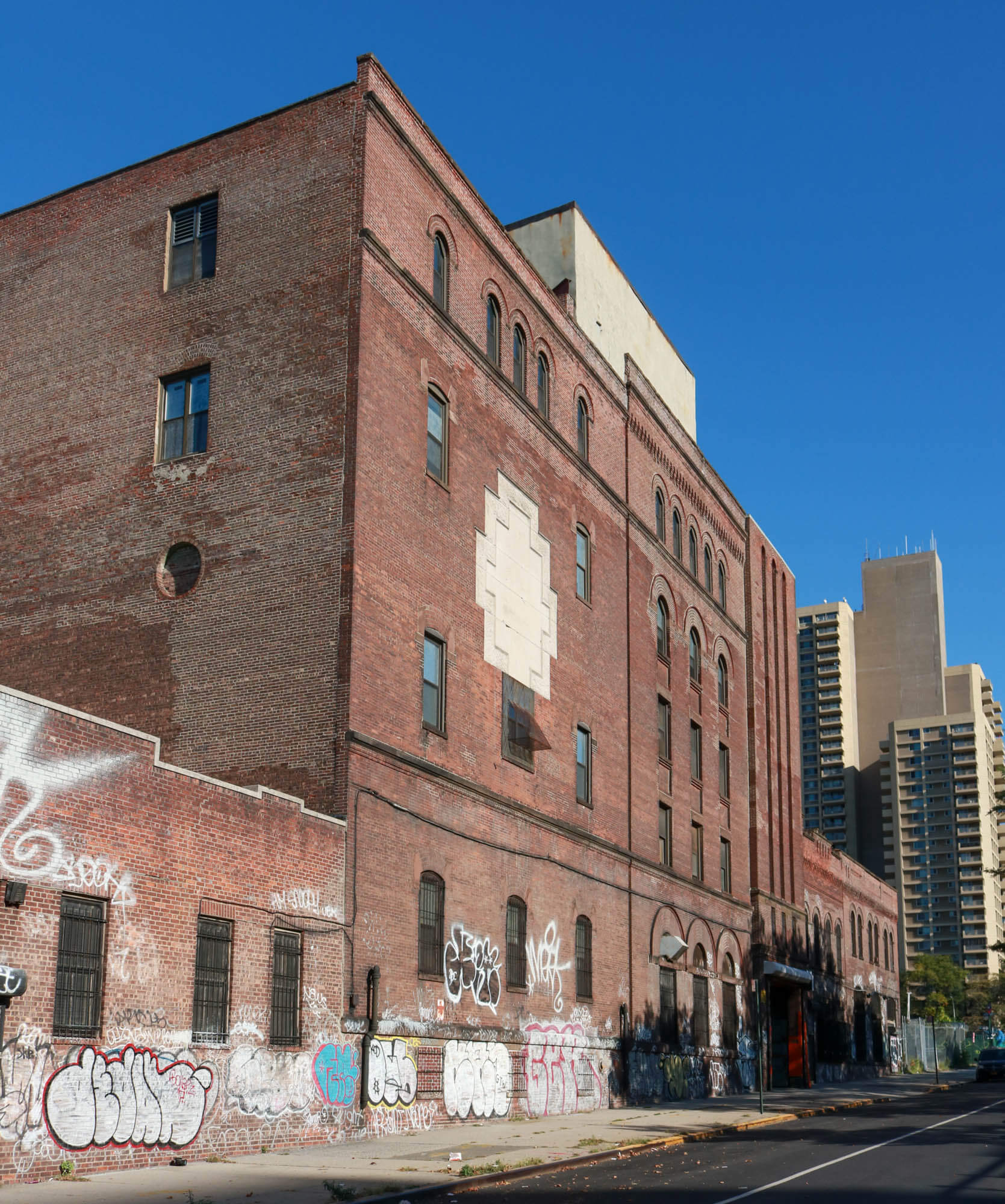
We may lose another group of historically significant buildings soon. They are the buildings of the Consumer’s Park Brewing Company, located at 120-136 Montgomery Street and 964-968 Franklin Avenue in Crown Heights South. Two developers, partners, are in contract to buy the complex from the longtime owner, and plan to create 1 million square feet of homes, according to the Real Deal.
They intend to ask the city for a rezoning that will allow them to build more densely in exchange for making half the units below market rate under the city’s Mandatory Inclusionary Housing program. That means the project will have to go through the formal public review process known as ULURP.
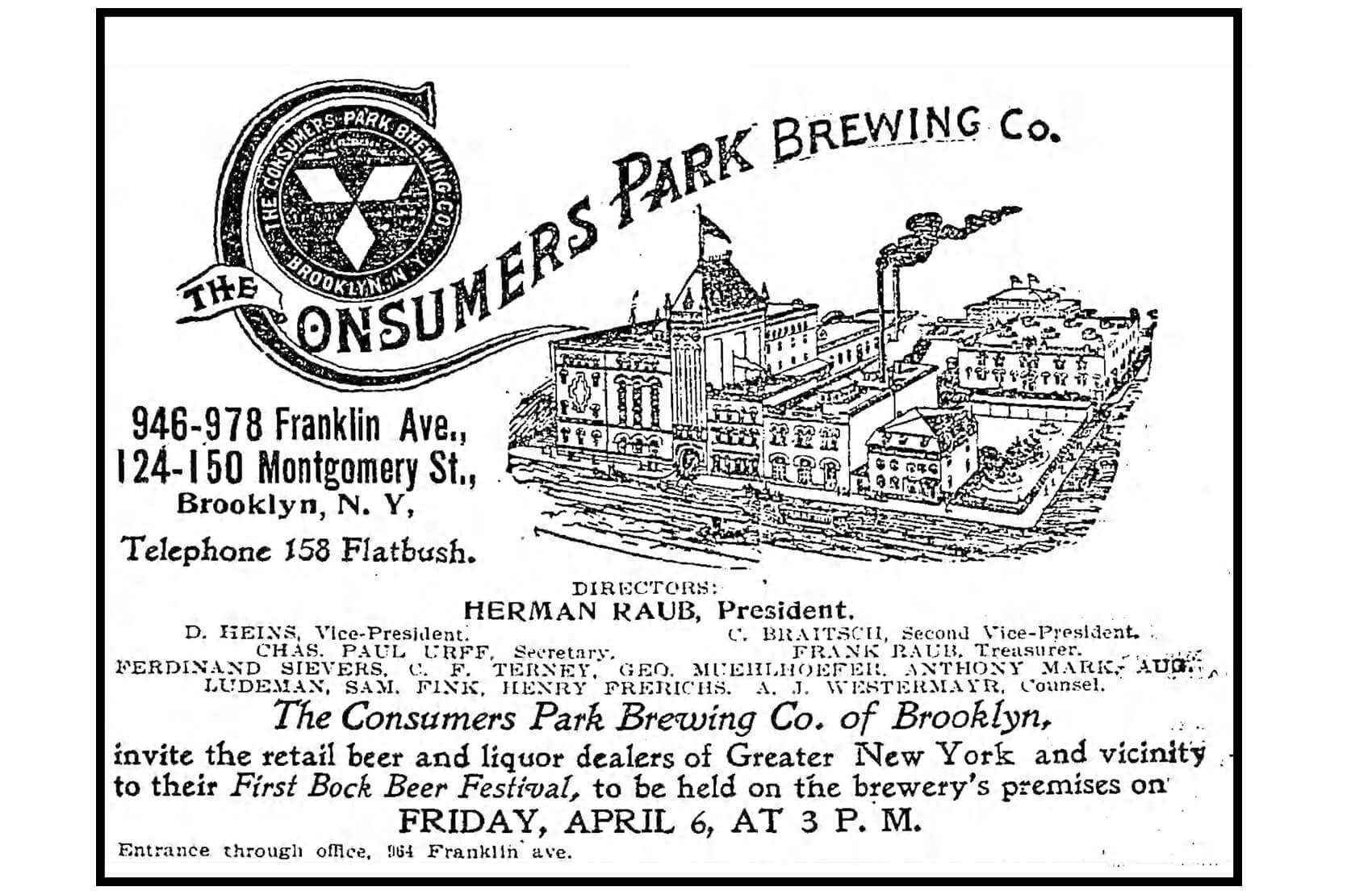
A few years ago, I wrote about this complex. The site has a rich history, architectural significance, and was important to the history and development of this part of Brooklyn.
Beer in Brooklyn
Brooklyn had a long and important relationship with the beer brewing industry. Large numbers of German immigrants began coming to the city in the 1850s, bringing with them a love of the national drink, lager beer. The golden brew soon became popular with everyone.
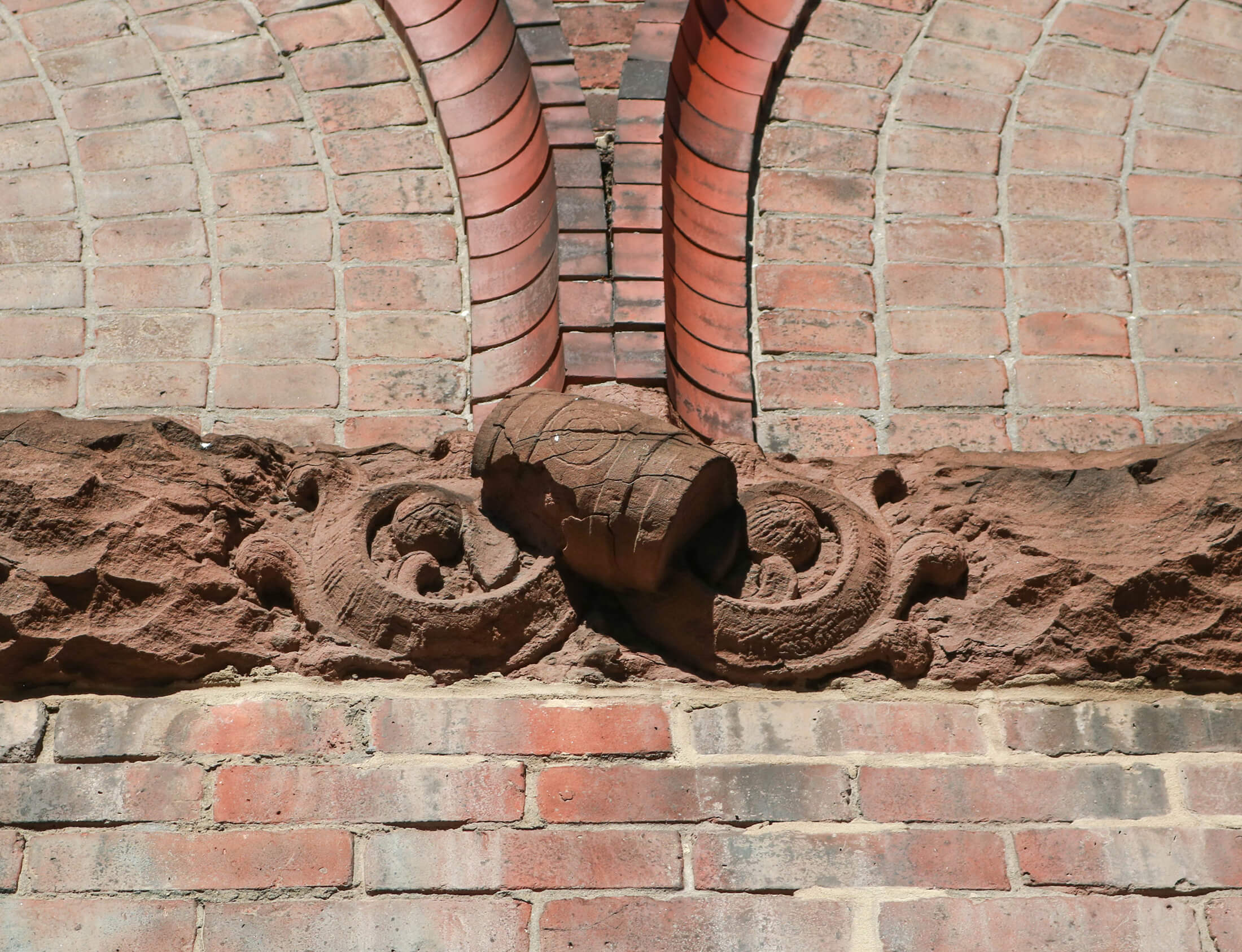
Experienced brewmeisters set up breweries primarily in the heavily German Williamsburg-Bushwick area, and spread out to parts of Crown Heights and Bedford Stuyvesant — anywhere there was good transportation and large parcels of land. They built multi-building complexes, often with public beer gardens and restaurants attached.
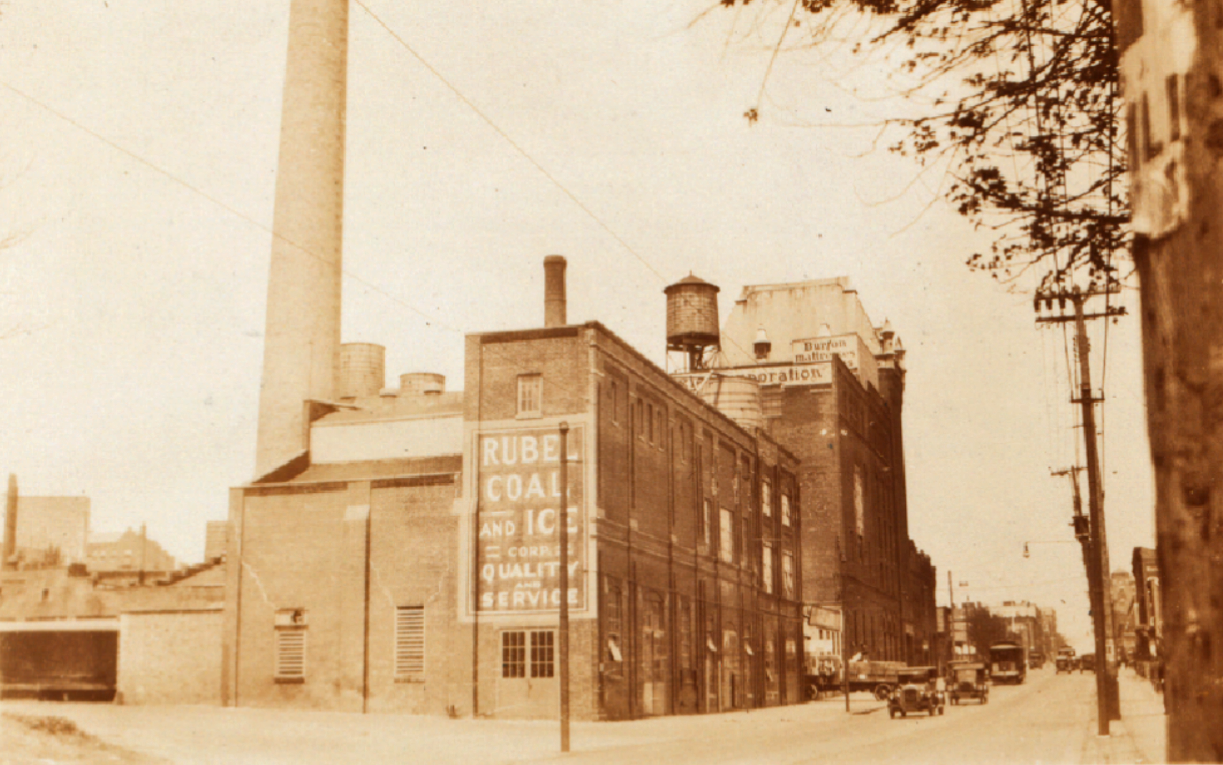
Opening in 1900, the Consumer’s Park Brewery complex was one of the last breweries to be built in Brooklyn and the first to run completely on electricity. It was modern and state of the art in its day. The complex consisted of at least five buildings and housed a hotel and outdoor beer garden with strolling paths and seating.
Brooklyn had 45 active breweries at the turn of the 20th century. It was one of the city’s largest industries. But as the new century progressed, Prohibition, then a lack of national distribution, killed off most of them.
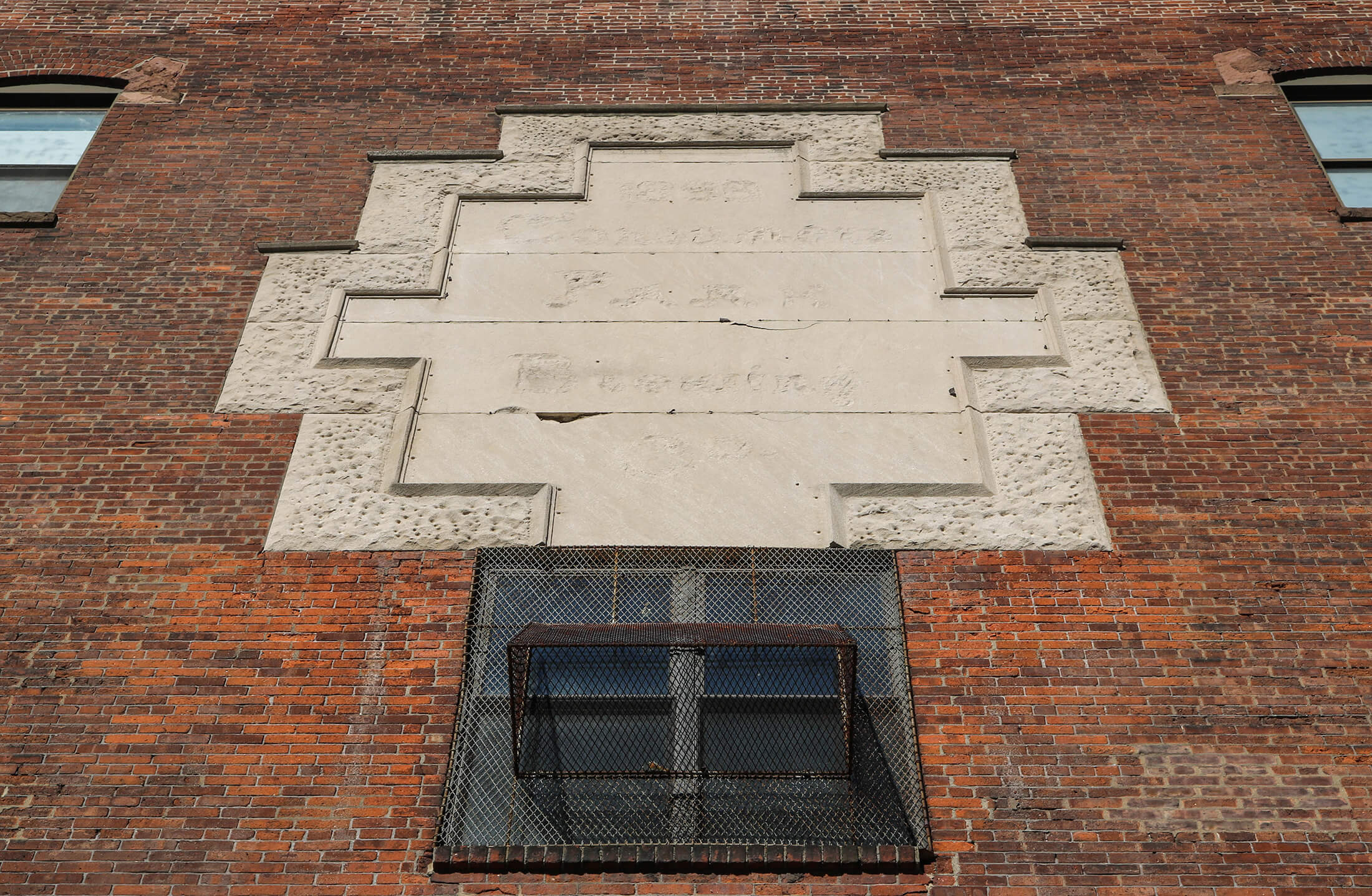
Their buildings remained, but one by one, they were torn down or burned down. Today only a handful remain in the entire borough. They have been converted into housing or small business/studio use, and stand as reminders of a proud industry.
Crown Heights’ Nassau Brewery
Another former brewery, the Nassau Brewery, on Bergen and Dean Streets, at Franklin Avenue, is one of the last sites to be developed. After the brewery closed in 1916, the largest building became a Heinz canning plant. Smaller, older structures were used as furniture storage and auto body shops. By the time artist/entrepreneurs Susan Boyle and Benton Brown bought the entire complex in 2002, most of it was abandoned to the pigeons and the elements.
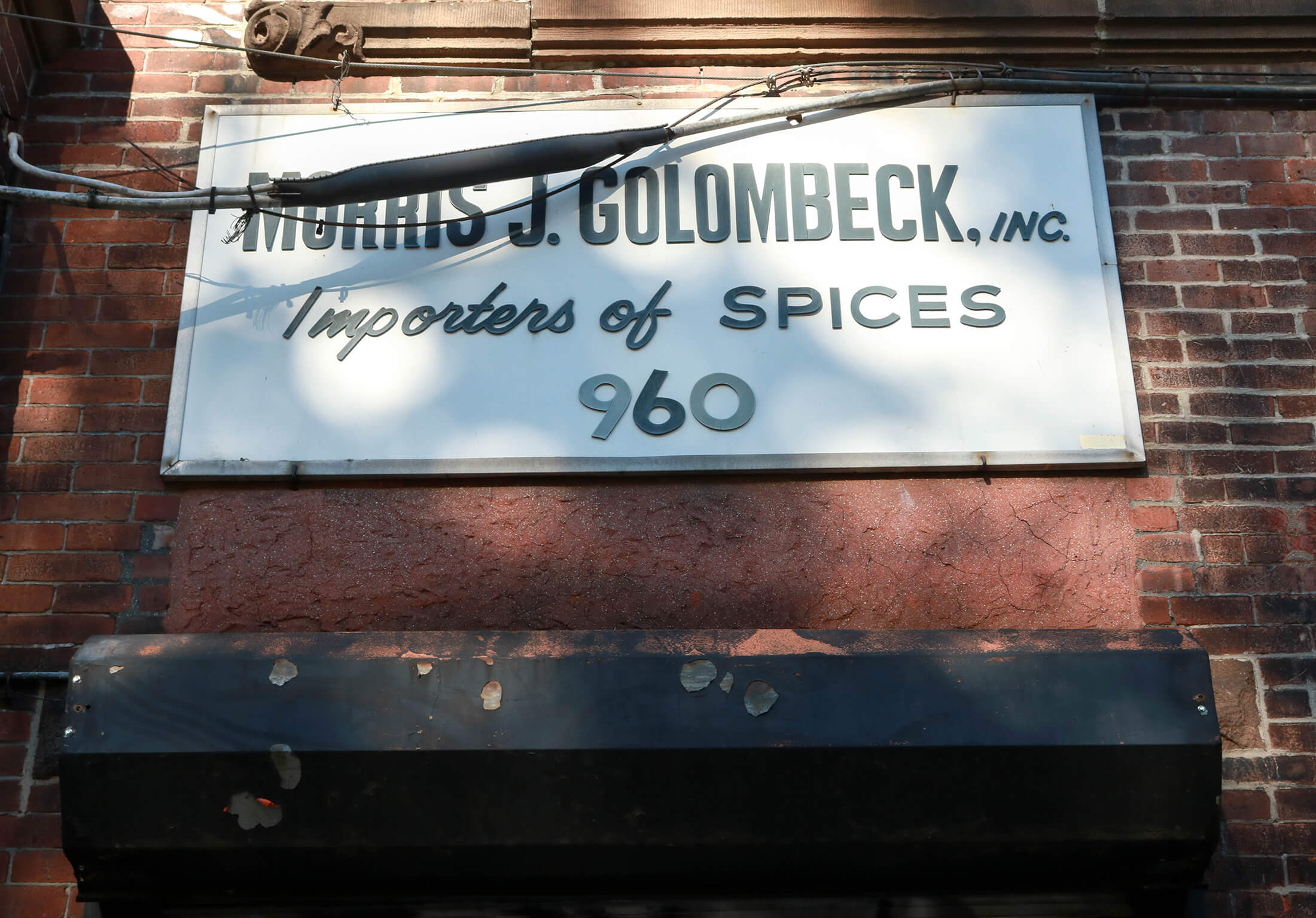
They kept the large Heinz building on Bergen, and the ice house, which faced Dean Street, and sold the rest. The larger building was renovated as workspaces for artists and small businesses, and the 1885 ice house was converted into apartments for the couple and tenants.
This award-winning 2004 conversion, now known as the Ice House Apartments, was one of Brooklyn’s first full-scale “green” projects, utilizing solar power, low-VOC paints, recycled materials, a green roof and other now-familiar LEED-certified building components.
The rest of the complex, which they sold to finance their own work, consisted of a group of buildings on Dean Street, and the oldest parts of the brewery, two brick buildings on Bergen. Today, after more than a decade of delays, the historic brick buildings are being renovated as mixed use. The Dean Street buildings, which were unsalvageable, were torn down for a new and now occupied apartment building.
Preserve, Repurpose and Renew
Old breweries are great for adaptive use. They are large and often have lots of windows. The bones are strong and well built, as brewing equipment was heavy. They are usually near transportation sites, as both workers and product needed to be accessible.
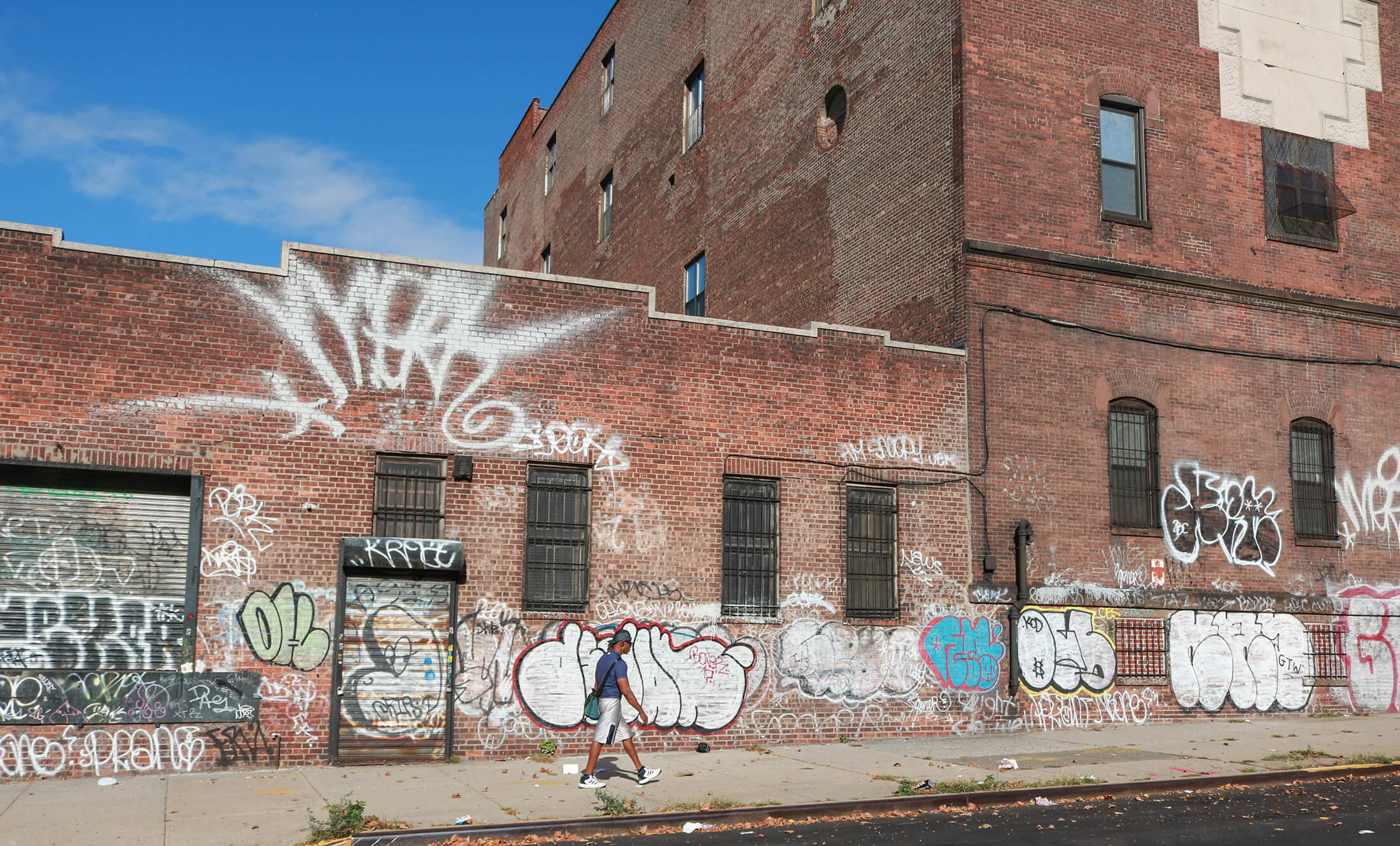
They were designed and built by architects and builders who specialized in the specific needs of breweries, and thus, created buildings unlike other factories or warehouses. If we tear down one of the few we have left, it cannot be re-created.
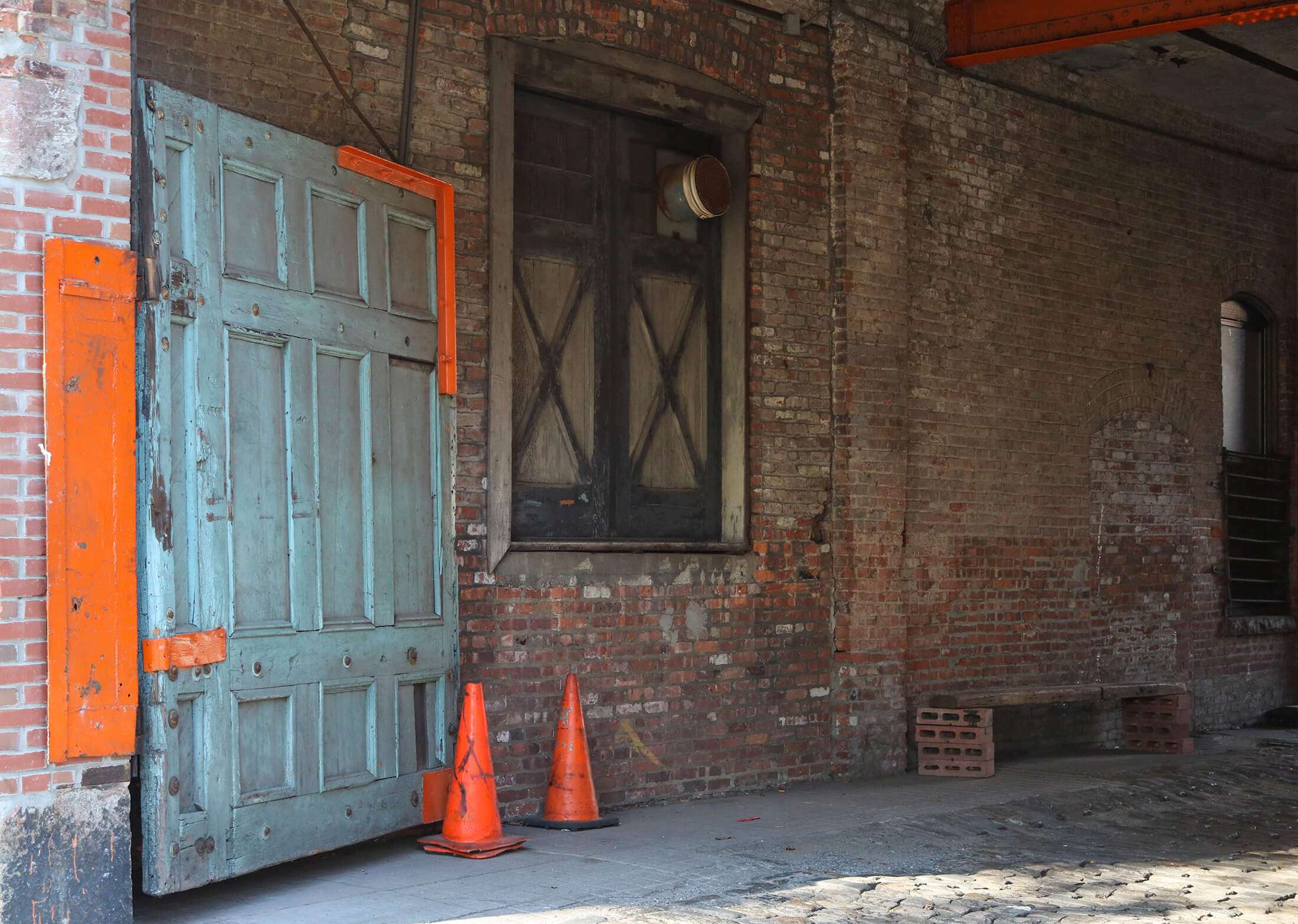
Consumer’s main building has a large entrance on Franklin Avenue that opens to a center courtyard with loading docks. This configuration is tailor made for residential conversion. Apartment windows can open to a private courtyard that could be public space with seating and/or a playground. The large building itself (actually several adjoining buildings), could contain a good number of apartments of different sizes.
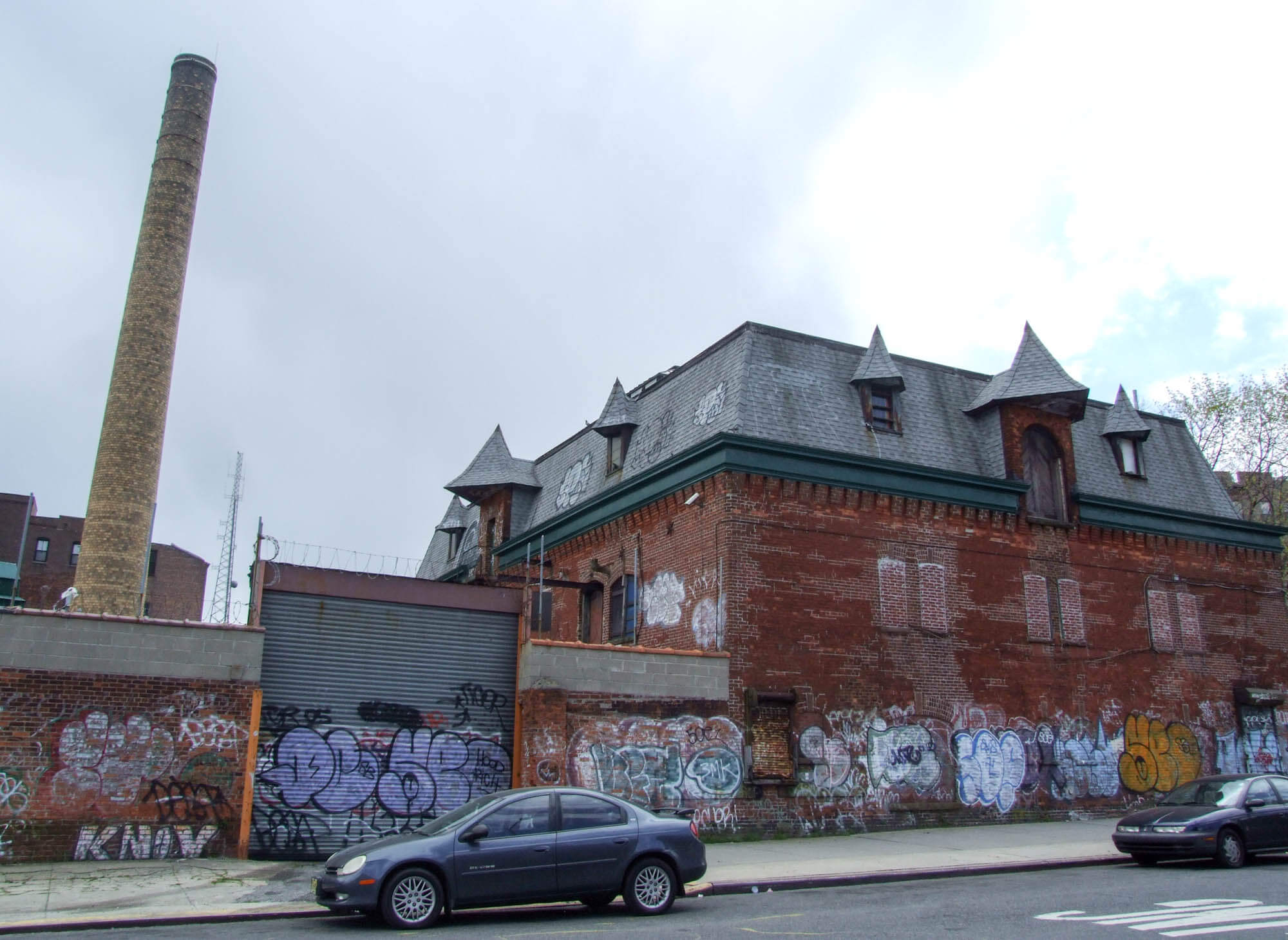
A unique feature of the site is the building facing the railroad cut. The Franklin Avenue Shuttle now runs along the tracks, but this was originally the route of the old Brighton Beach Line, which took day trippers from downtown to Coney Island beginning in the late 1870s. In its heyday, Consumer’s Park had its own train stop, right at its doors.
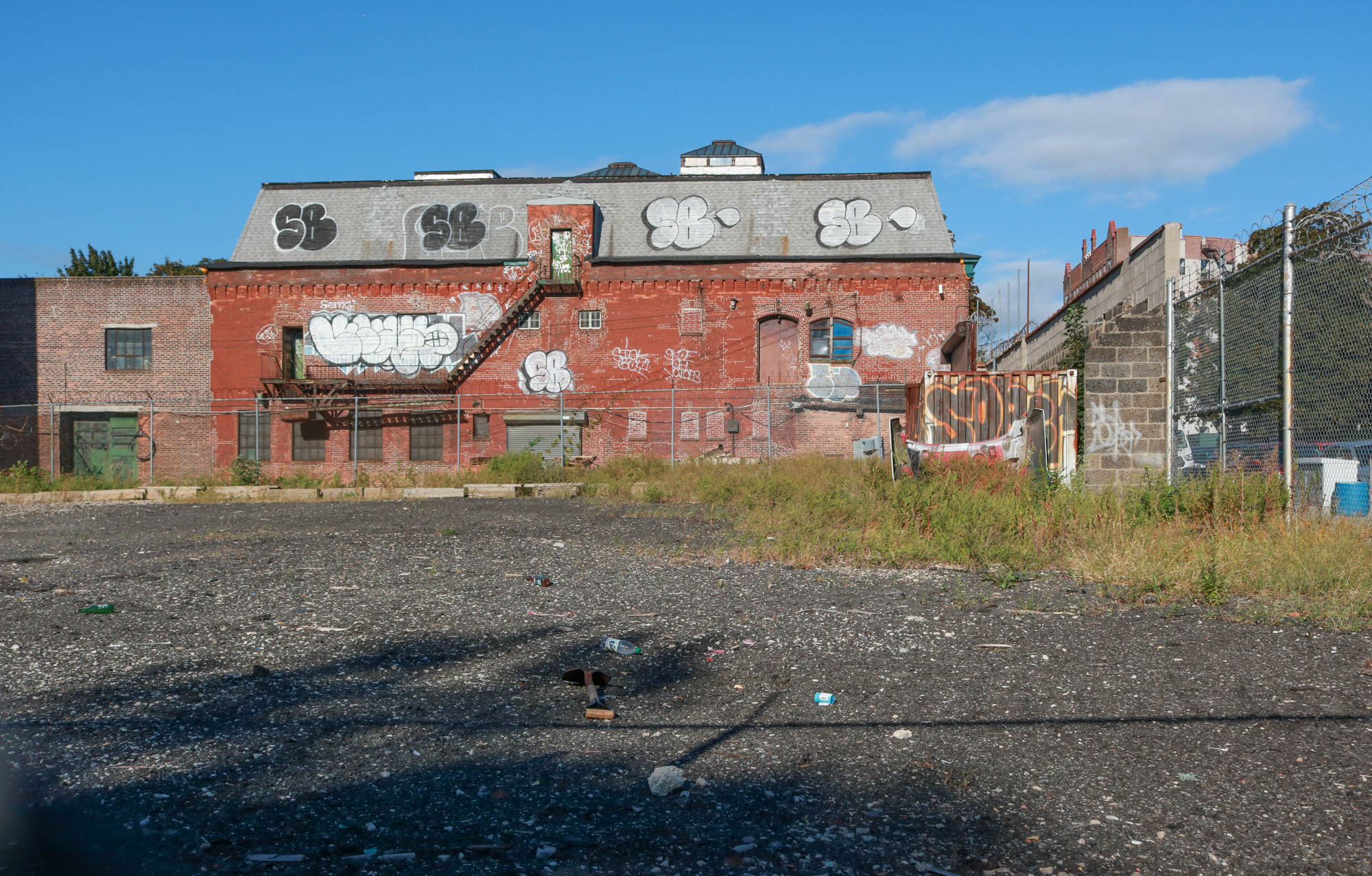
Today, one of the buildings that once welcomed visitors from the train still stands. The most noticeable feature of this building are the dormers with German Gothic-inspired rooflines, until recently still remarkably intact. (They were torn out sometime in the last few months.)
This building is one of a kind and deserving of preservation. It would make a great combination restaurant, gym and community facility for residents.
Saving the brewery buildings does not negate the opportunity for new construction. The huge parcel includes two very large empty lots suitable for building. Like at the Nassau site, the old and the new could coexist.
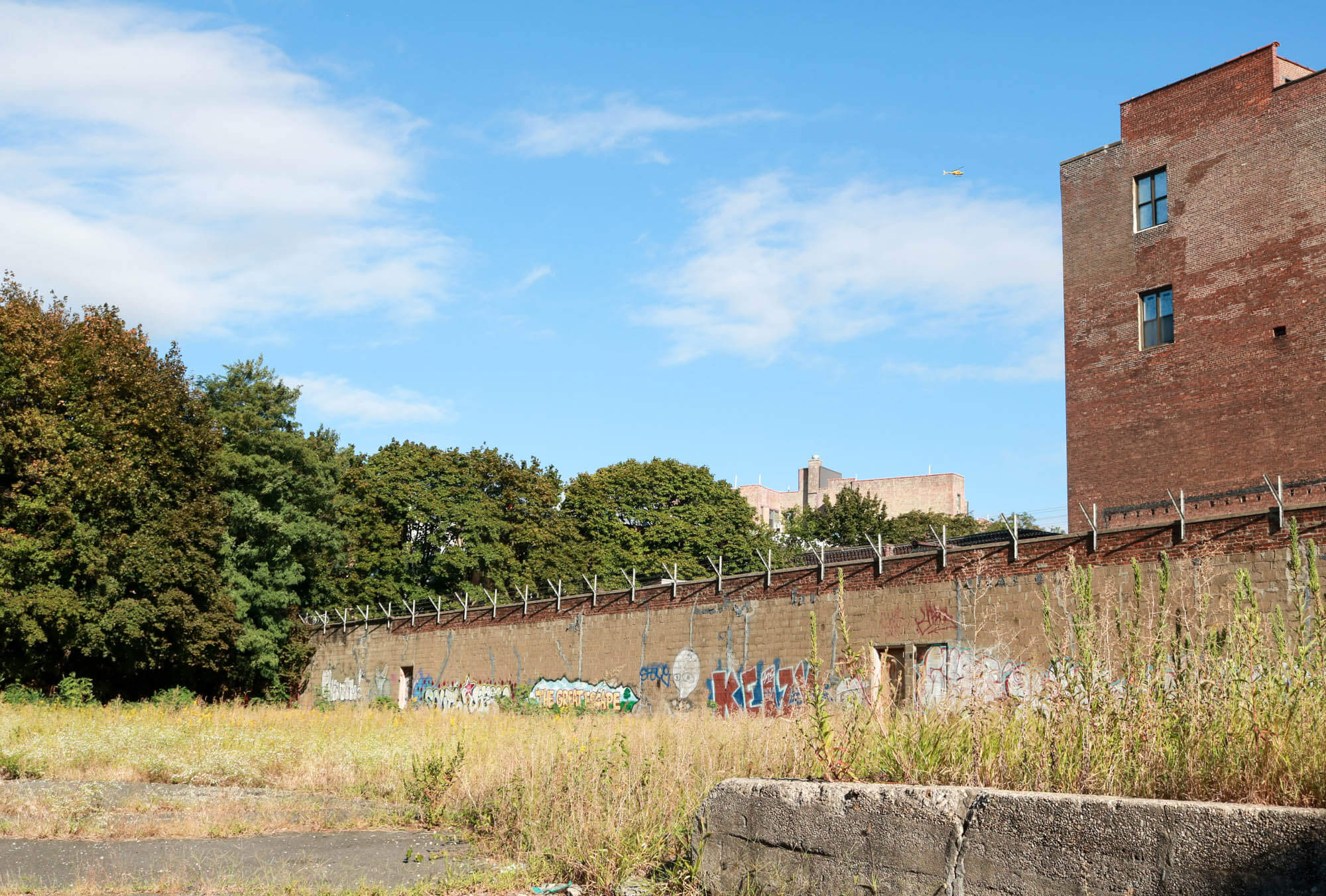
The Future of Consumer’s Park Brewery
Among the things that attract people to Brooklyn and its neighborhoods are the 19th-century architecture. A great many people love living in repurposed buildings. You don’t see many vacancies or sales in converted factories such as the Ansonia Clock Factory, the warehouses of Red Hook, the industrial lofts of Williamsburg and Dumbo, or the candy factory building in Brooklyn Heights.
Loft and factory conversions are the stuff of the modern Brooklyn lifestyle dream. Why destroy one of the last remaining breweries? Why not embrace it, convert it, and then build around it?
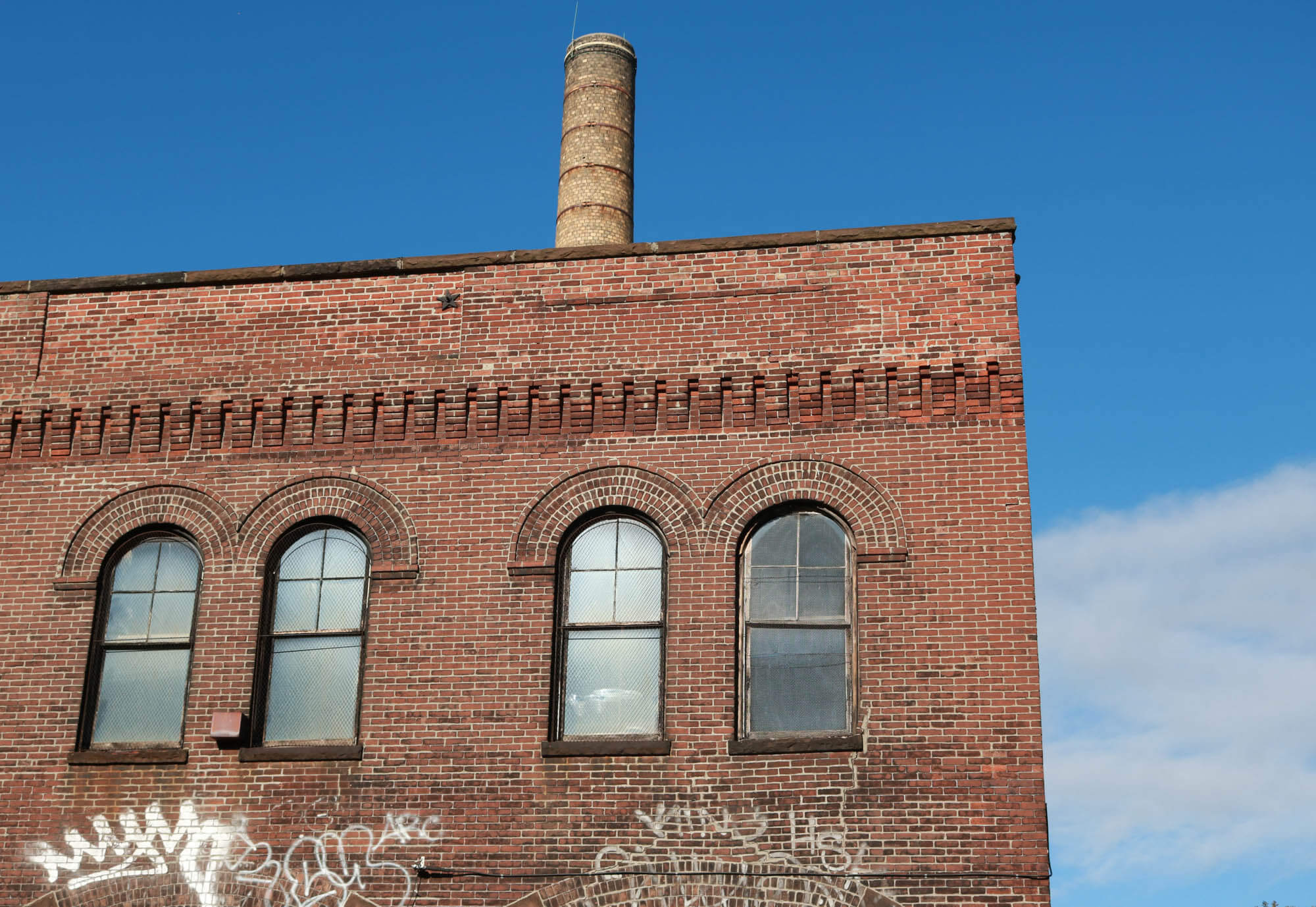
This complex is not landmarked. It’s not on the National Register. It should have been on both. Being on the National Register would allow the developer to access valuable tax credits while preserving an important piece of Brooklyn’s history.
This factory sits across the street from where Ebbets Field once stood. This was never a fancy neighborhood. When both structures were built, this was undeveloped scrubland, with a small population of poor people living in shanties. There were no mansions here. No one thought this area had any great importance. After the brewery closed, after Ebbets Field was gone, it was simply ignored.
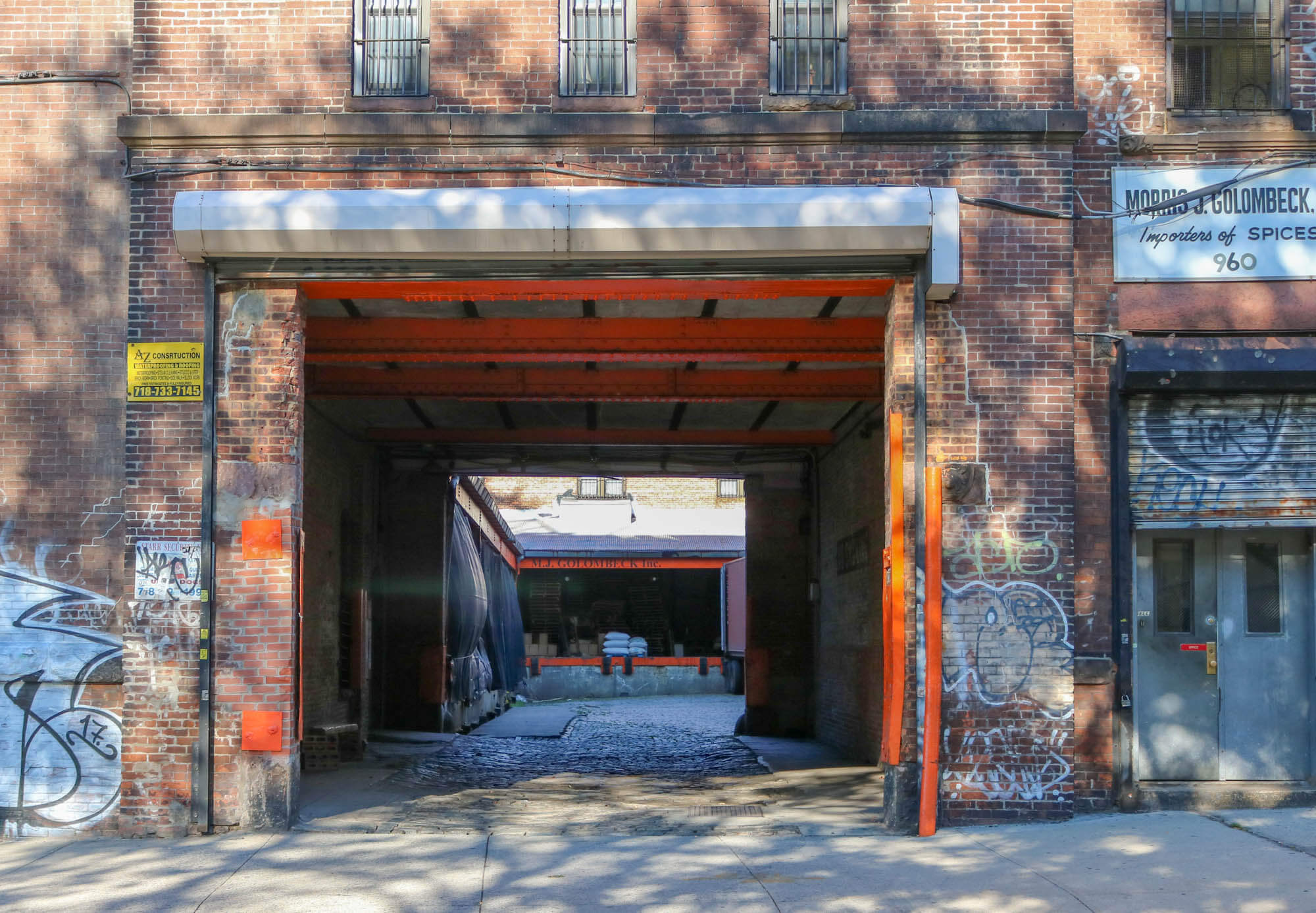
The Golombeck family found the site to be the perfect home for their wholesale spice business. The loading dock and warehouse space were ideal for the large bales and bags of fragrant spices from all over the world. The factory spaces were great for mixing, grinding, and packaging of smaller quantities. Even today, the smell of exotic spices still wafts out of the courtyard into the street.
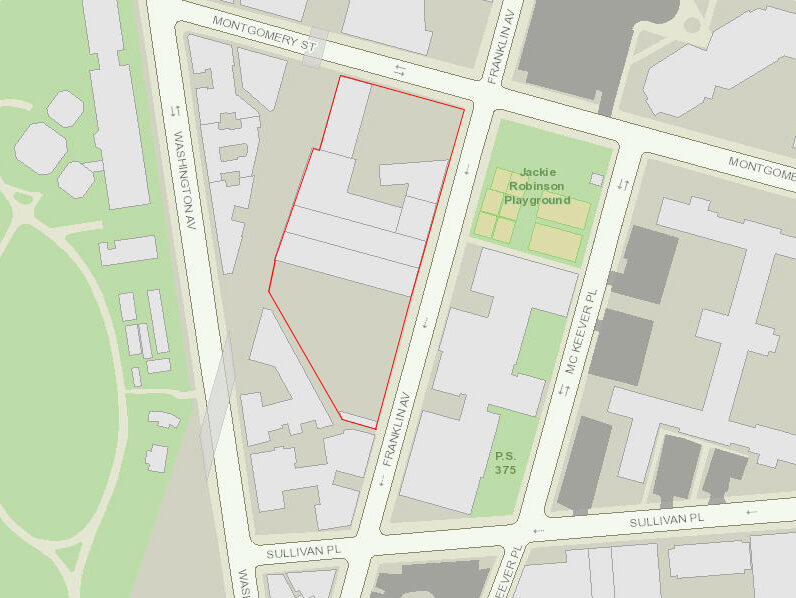
After being in business since 1931, and owners of the buildings since 1955, the Golombecks are selling the complex. Wouldn’t it be great if the new owners could step back and see their way to creating something unique and special on the site, not just the usual bland and unremarkable glass and steel mega apartment buildings?
The project still must go through ULURP. Can the developers be persuaded to do this?
It would be a wonderful legacy and gift to Brooklyn — much better than tearing down the buildings.
Let’s hope they leave us with more than only photographs of our borough’s history and the memory of the lingering scent of cinnamon and allspice, with a hint of hops.
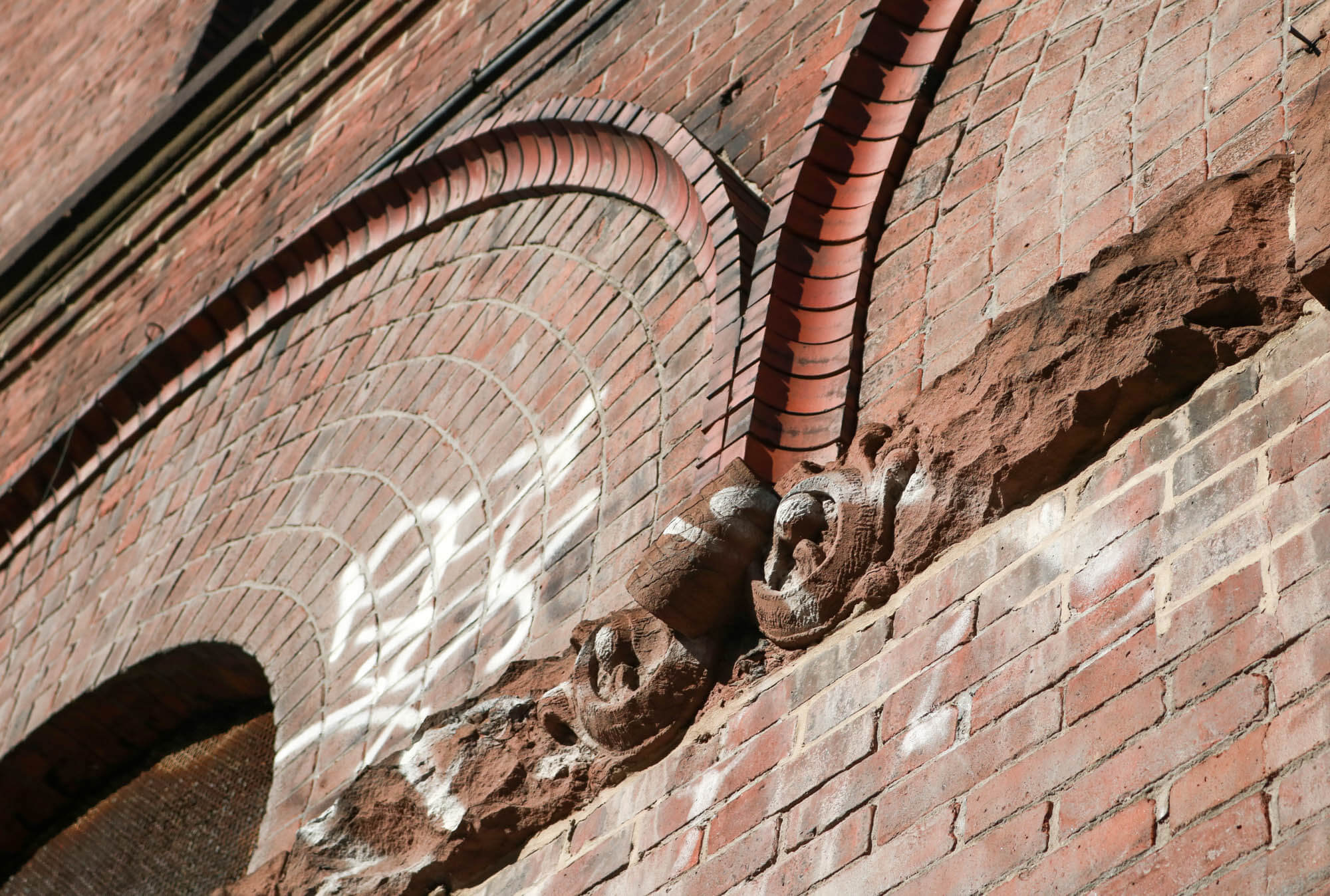
[Photos by Susan De Vries unless noted otherwise]
Related Stories
- “My Beer Is Rheingold, the Dry Beer” — the Beer, the Brewery and the Bruhaha
- Beers Gone By: The Life, Death and Rebirth of 5 Brooklyn Breweries
- Past and Present: Nassau Brewing Company
Email tips@brownstoner.com with further comments, questions or tips. Follow Brownstoner on Twitter and Instagram, and like us on Facebook.


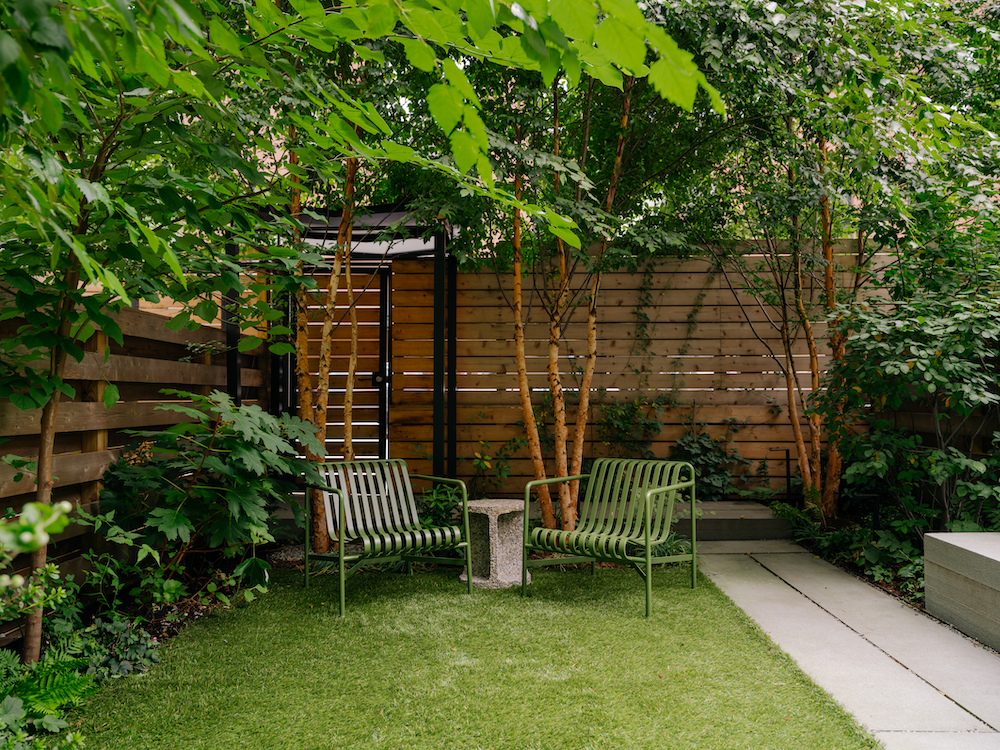
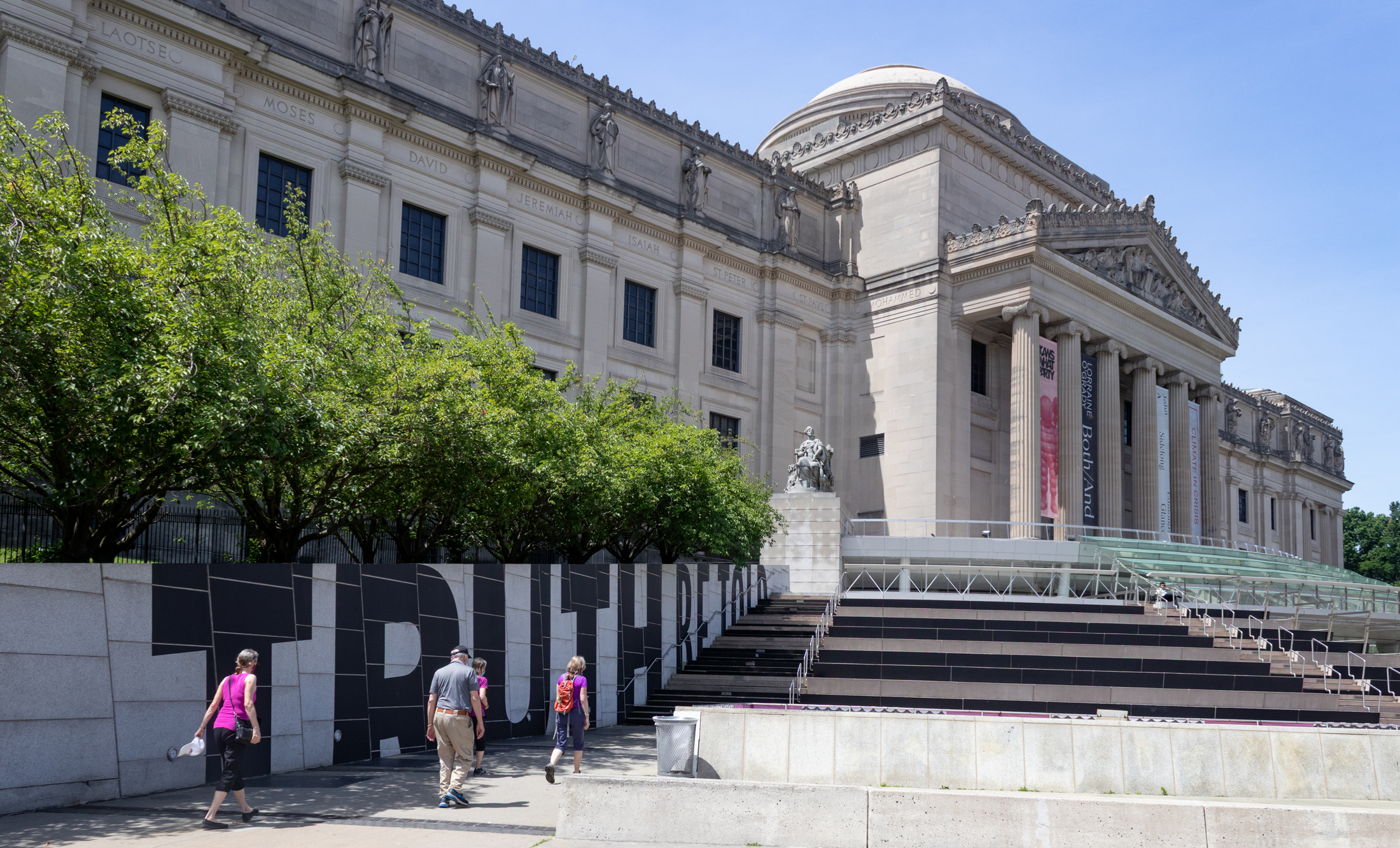
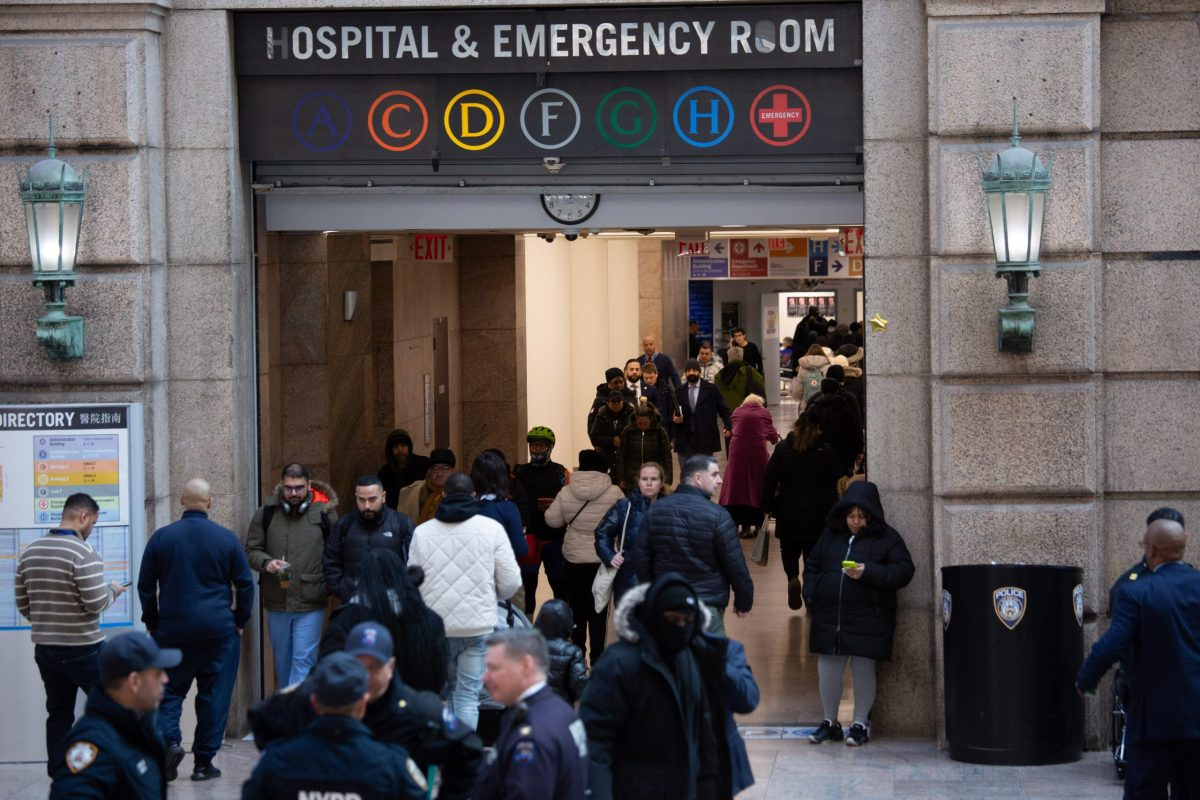




What's Your Take? Leave a Comment